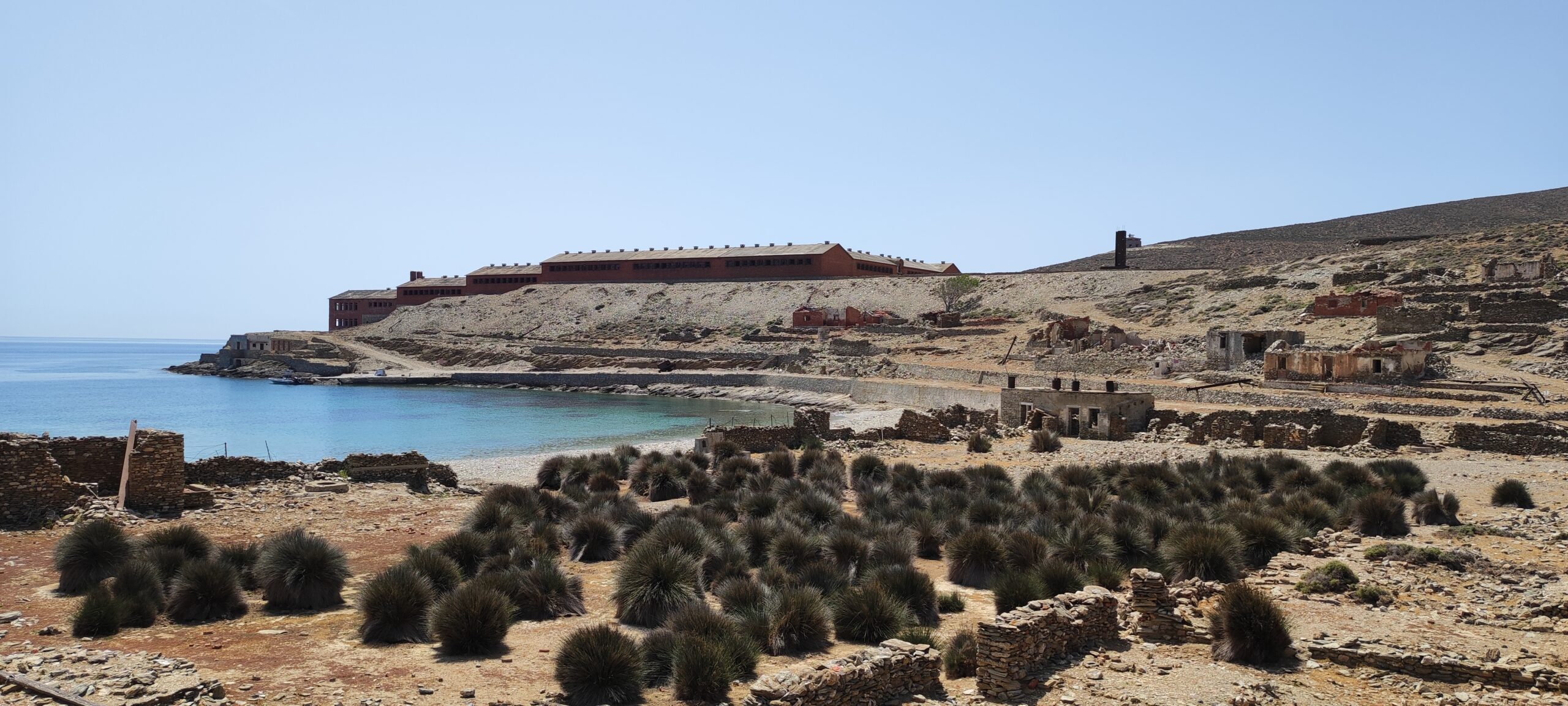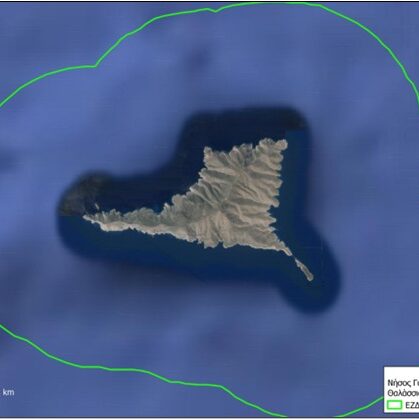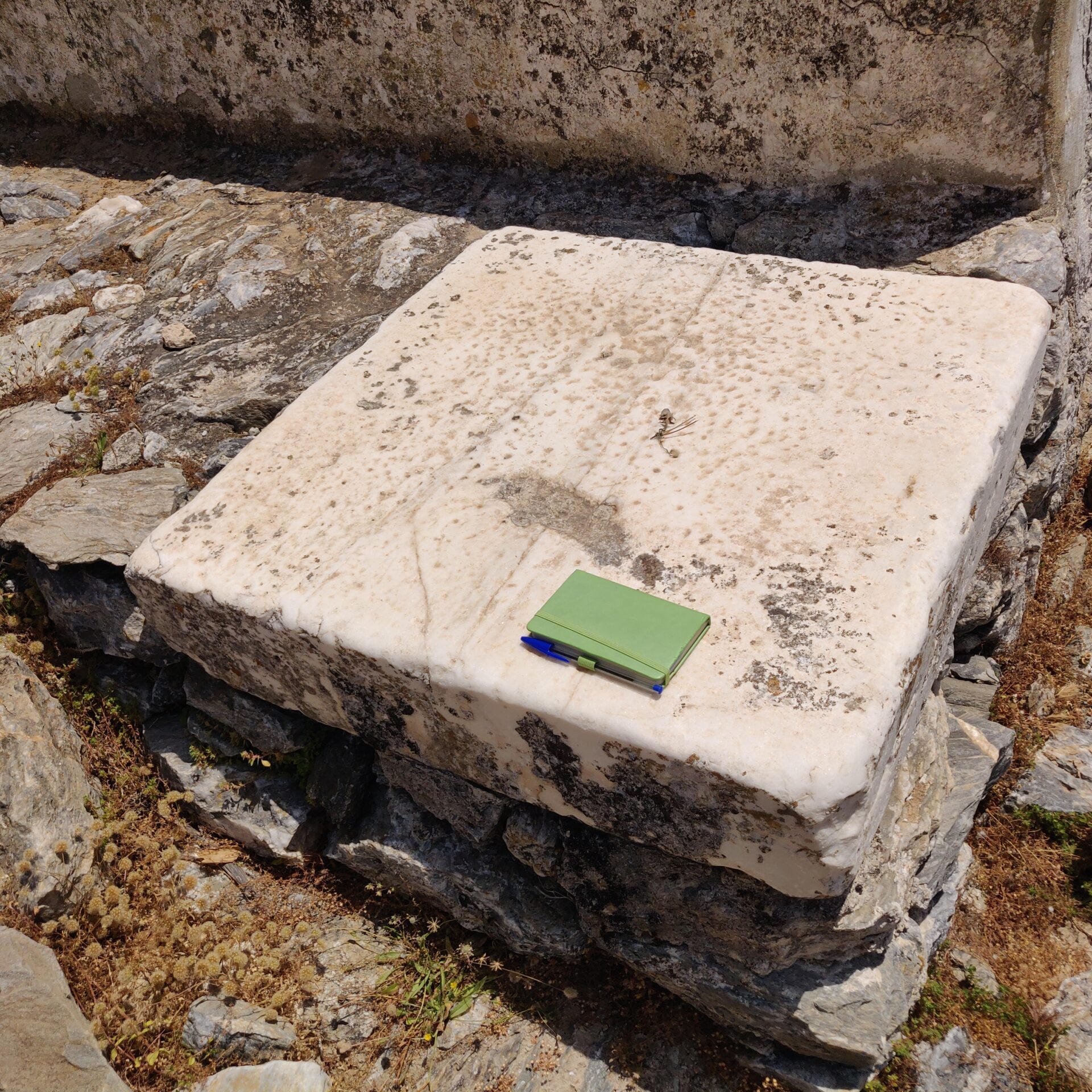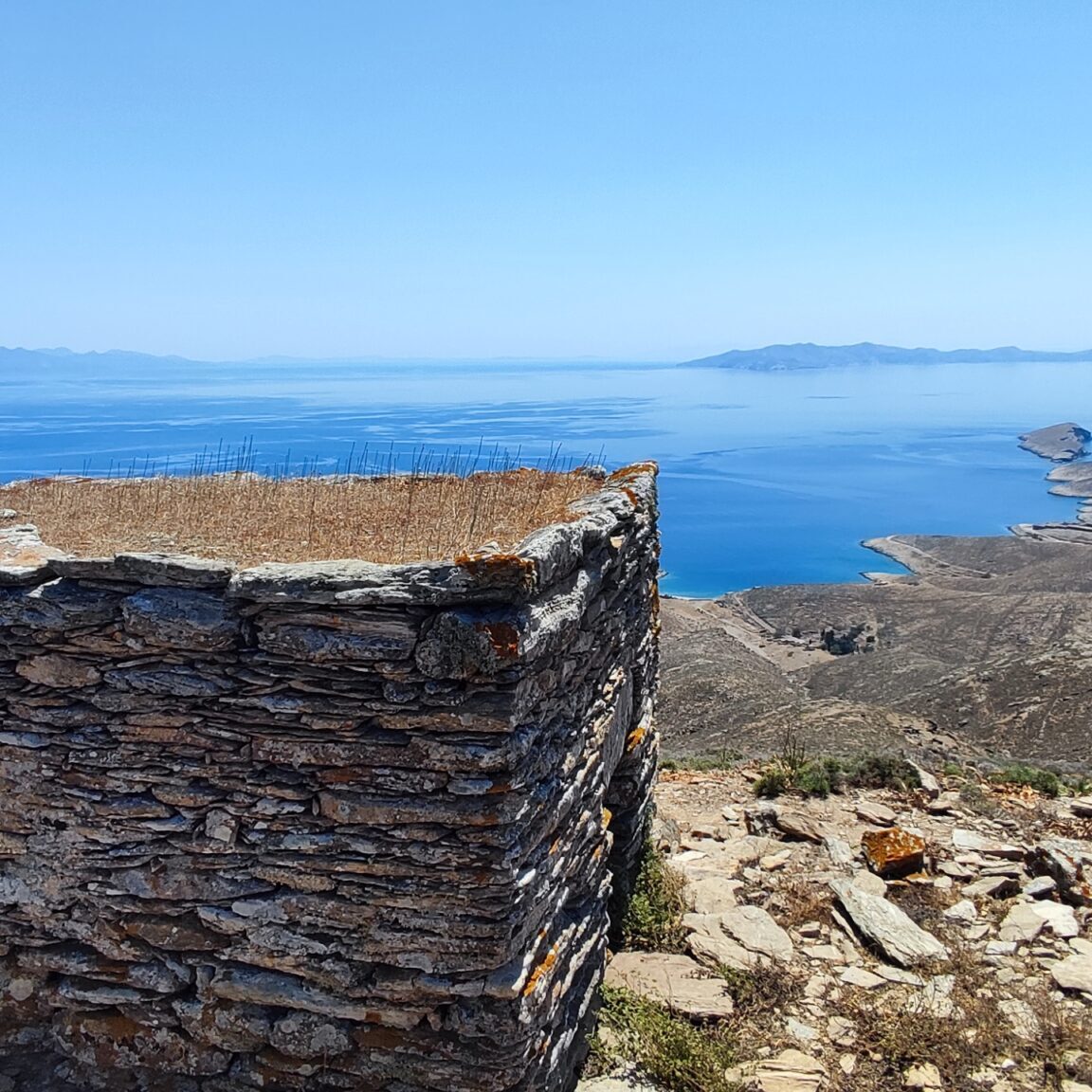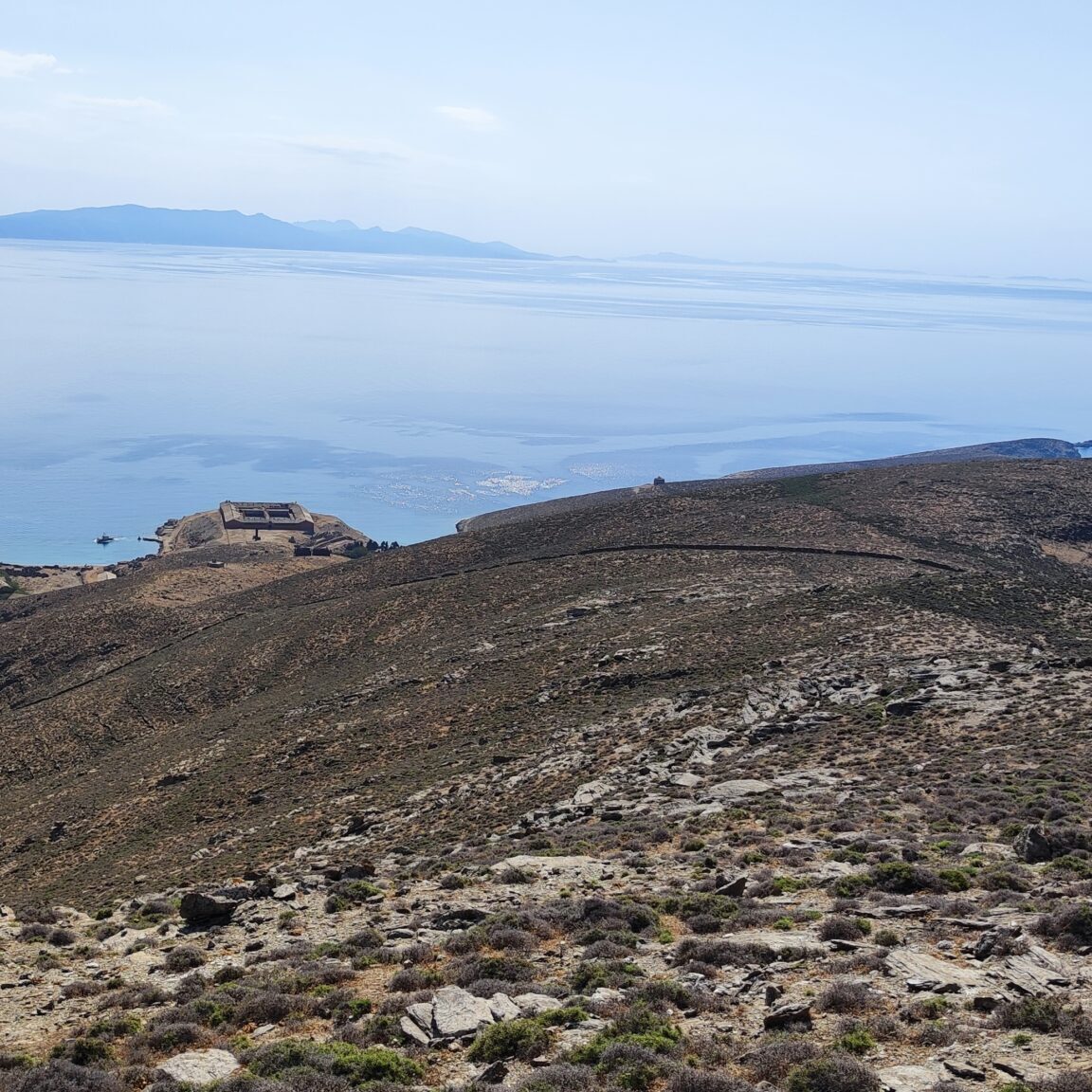The Gyaros MPA, part of the Natura 2000 Network, represents a pioneering integrated management model, combining biodiversity conservation with promoting the island’s historical and cultural heritage. This Study seeks to assess the environmental, socio-economic, and administrative impacts arising from the MPA’s establishment and operation over the past decade, emphasizing key areas such as biodiversity, fisheries, governance/surveillance, and consultation/environmental awareness.
In 2013, WWF Hellas launched an ambitious initiative for the protection and management of the terrestrial and marine area of Gyaros island. This program, designed and implemented with innovative practices, brought together numerous institutions and organizations to enrich the knowledge base about the area through critical research, establish the institutional framework for its protection, and ultimately secure its designation as a Marine Protected Area (MPA). Between 2013 and today (2024), the program has encompassed projects and activities addressing not only biodiversity but also the cultural and historical heritage of Gyaros as well as its “connectivity” with the islands of Syros and Andros.
WWF Hellas assigned OikoM Ltd. the evaluation of the actions planned and implemented during the period 2013–2024, focusing on biodiversity, fisheries, governance/surveillance, and consultation/environmental awareness. The aim is to derive actionable insights that ensure the effective management of the area in the future by highlighting strengths, identifying gaps, and pinpointing opportunities for improvement.
To ensure a well-rounded analysis, data were collected from extensive research, and specific management actions. Key research areas included terrestrial and marine biodiversity assessments, habitat evaluations, fisheries research to assess the status of fish stocks, and analyses of fishing impacts on marine communities. Additionally, scientific publications and technical reports provided insights into the natural and anthropogenic dynamics of the area. This tailored approach enabled a comprehensive evaluation, comparing data from 2013 to 2024 and focusing on applied management practices.
The application of the methodology concerned the following sectors: I. Habitat types and species II. Fisheries III. Governance IV. Surveillance and Monitoring V. Consultation & Information – Awareness Raising. The assessment of impacts was conducted based on selected evaluation indicators.
The Study highlighted that the Gyaros MPA demonstrates exemplary environmental resource protection, with noteworthy progress in biodiversity conservation, scientific knowledge improvement, and strengthening collaboration with the local community. However, addressing governance and restoration challenges is essential to secure its long-term sustainability.
The Gyaros MPA is an excellent example of an initiative that began with the dedication and vision of an environmental organization and is evolving into a sustainable model for protected area management, under the responsibility of the central administration.

